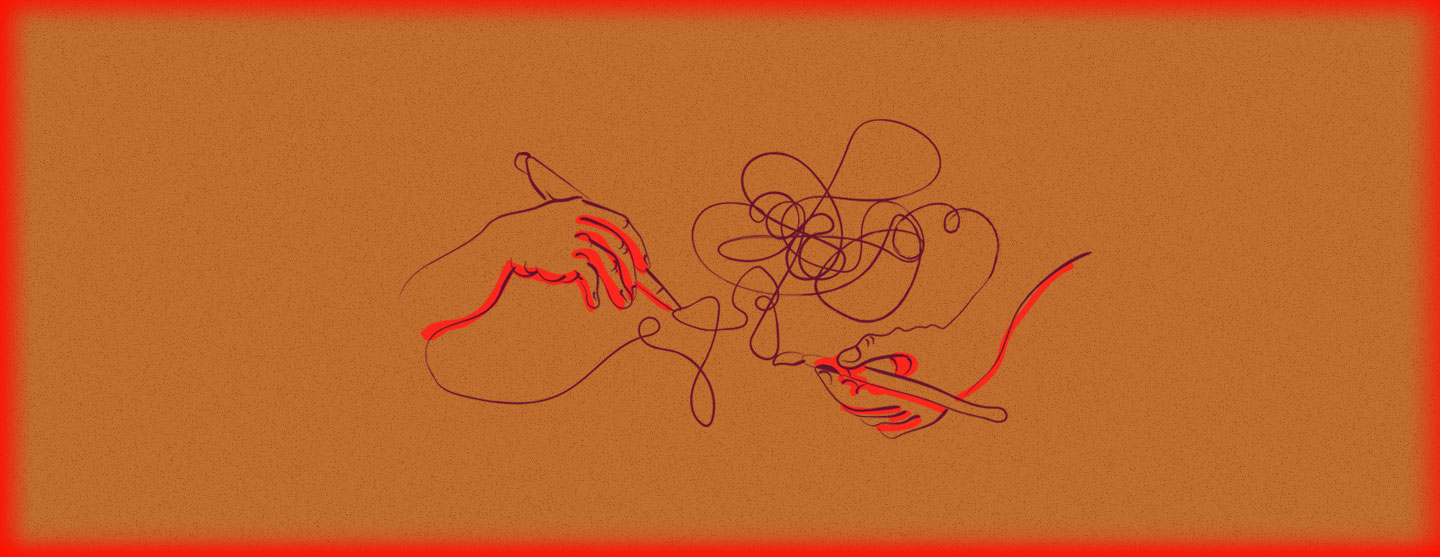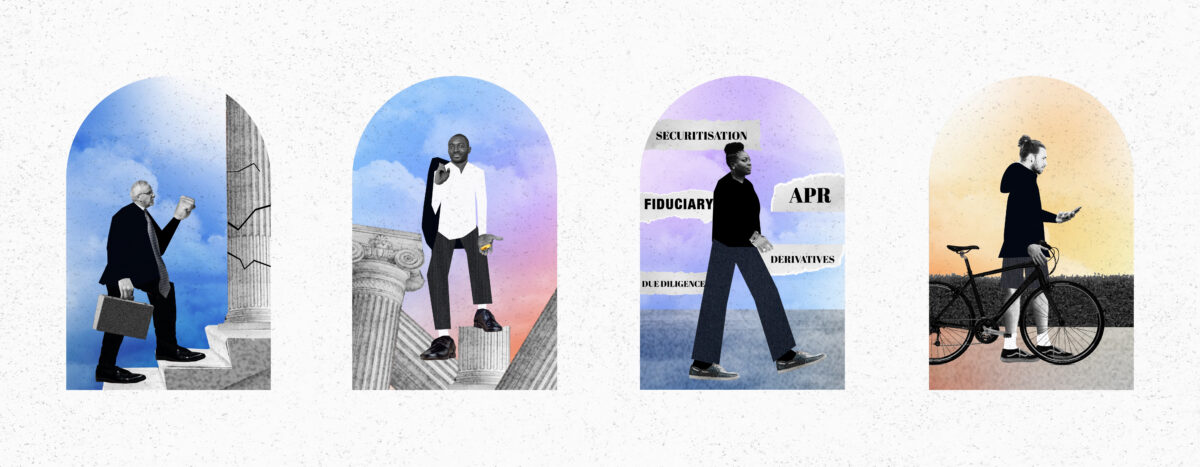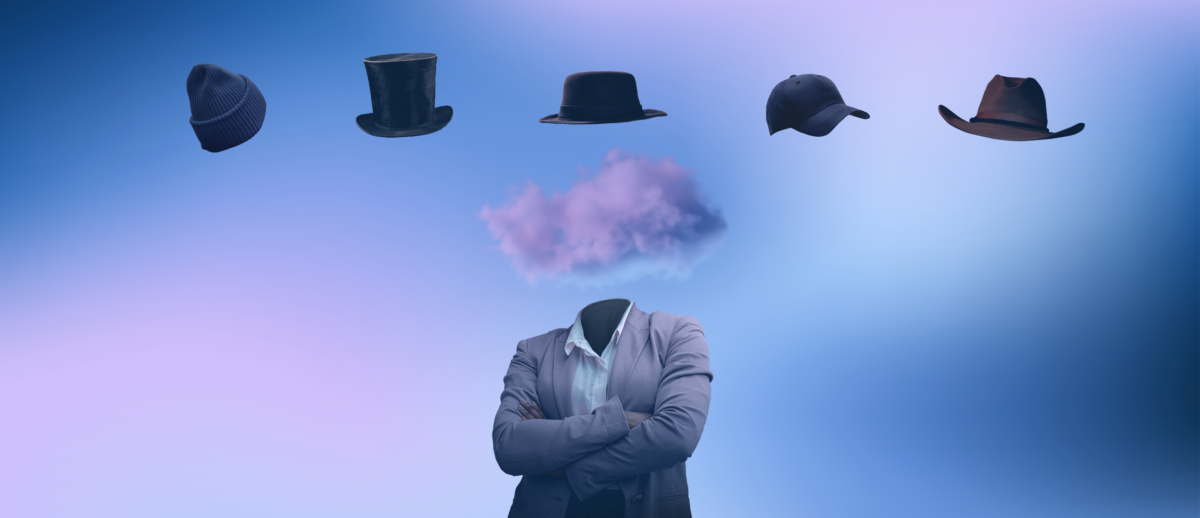I have a new manifesto. Ready to indulge me? Here goes:
A better relationship between words and images will lead to the next evolution in creative content.
Creativity is a social process; conversations birth innovations. We need to go off and work by ourselves, of course. But if writers and visual artists can’t communicate, potentially brilliant ideas will languish in some kind of sad, crowded waiting room.
But there’s a barrier between people who tell stories verbally and pictorially. It’s like they’re in different time zones, struggling to get in sync.
I consulted with someone who is equally fluent in words and pictures, the best-selling children’s book author and New Yorker cover designer Bob Staake.
Staake notes an inherent asymmetry, since most designers have to, at the very least, write emails to get through the day, whereas writers can sail through adulthood without sketching a single thing. “Even if people can’t sing well, they will hum around the house,” Staake says. “But there are many people who never draw whatsoever.” Staake blames it on that moment in grade school when one kid is designated the class artist because of his natural talent. “Once that’s happens, it’s game over. The other kids stop trying.”
When Staake writes a story, he’s always thinking about images. The words and pictures are baked into the concept at the same time.
Images, he also points out, should not merely mirror a document. “I want to make sure in a picture book that I don’t do too much in the text to make the art superfluous. There always has to be a seesaw approach to words and pictures.”
The wit in Staake’s New Yorker covers is stealthy, and can even take some work to find—which gives viewers the small thrill of participation. “I think that’s the magic of imagery when it’s done appropriately. It requires a lot of restraint,” he says.
Here lies some shared space along the border between design and editorial, since good copy requires restraint, too. Astute authors revere the “remove unnecessary words” decree from Strunk & White. To make compelling content, writers need to know which parts of a narrative to hand over to design, and designers ought to recognize when words should carry the message.
Staake’s covers are wordless. But it’s his journalism training, he says, that allows him to crank out a large number of possible design concepts for each topic he’s asked to tackle. Any designer with ambition must also learn how to think laterally and become a concept machine.
In fact, I believe ideas are the children that will keep writers and designers together.
Just as neuroscientists are debunking the right brain/left brain myth, let’s too dispense with thinking of ourselves as “visual” or “verbal.” Instead, we should forge a common language and start nurturing our shared love of wise, wonderful and delightful ideas.
Heed George Orwell, who said, “If people cannot write well, they cannot think well, and if they cannot think well, others will do their thinking for them.” Get inspired by Joan Miró, who said, “The works must be conceived with fire in the soul but executed with clinical coolness.” Read book reviews so you can start identifying the nuts and bolts of well-constructed prose. Go to the museum with friends and practice putting your intuitions about art into specific terms.
Once creative people learn to expertly navigate design and editorial zones, they’ll save time and energy. They’ll communicate more effectively. And they’ll learn when to stay silent, letting others tell the story with their implements. Sometimes the most valuable part of content, after all, is the white space.






